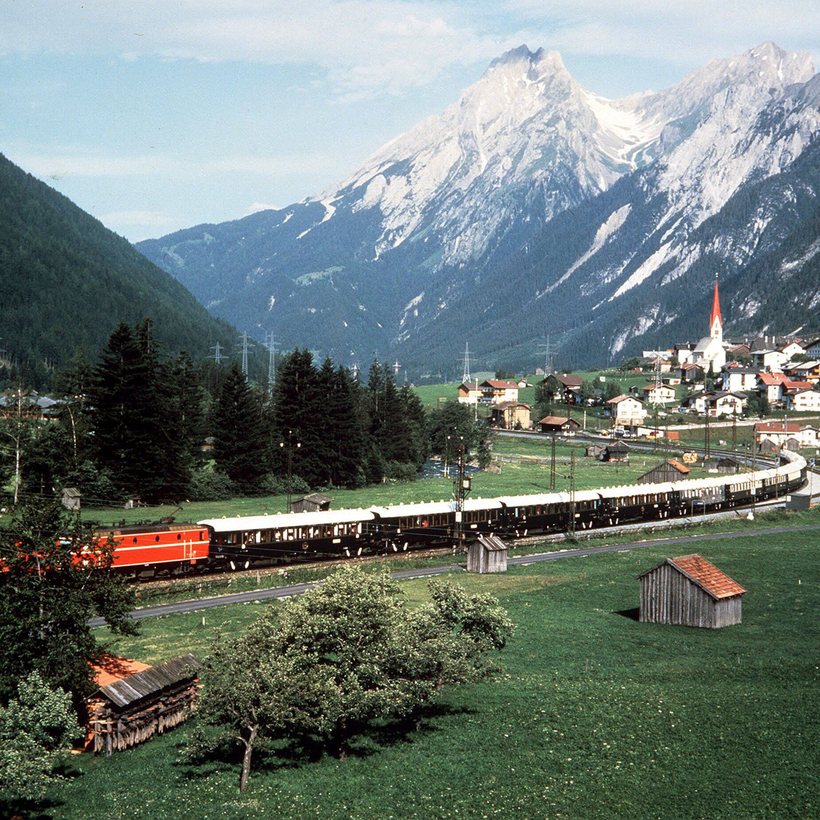For the past four decades France has been at the forefront of high-speed rail travel, developing trains that connect Paris and other cities at up to 200mph.
Now President Macron wants the country to slow down.
In a radical shift in priorities, his government is planning to bring back the night trains that were a popular means of travel in France before the arrival of high-speed lines signaled their decline.
With Mr Macron keen to woo the environmentalist movement, ministers have pledged to renovate dilapidated sleeping cars on the country’s last two remaining night trains, and to open up new lines to nighttime travel.
The first two are due to come into service in 2022. One will connect Paris to Nice. The second involves the return of the so-called Palombe Bleue (Blue Wood Pigeon) that linked the capital with Tarbes in the Pyrenees. Both were closed in 2017 amid funding cuts.
Railway enthusiasts have hailed it as the resurrection of a tradition that goes back to the launch of the Orient Express, which linked Paris to Venice in 1883 and to Constantinople in 1919.

Ecologists have also welcomed the announcement, arguing that night trains are an environmentally friendly alternative to air travel within Europe.
Charles Henri-Paquette, a spokesman for the Oui au Train de Nuit (Yes to the Night Train) campaign, said: “What better way is there to travel long distances with a small carbon footprint and without wasting too much time than to take a night train?”
In the postwar years France became a champion of nighttime rail travel, with 550 stations served by night trains. The compartments contained four bunk beds in first class and six in second, and were equipped with straps to prevent passengers falling out.
The downsides were snoring neighbors, wakeful children and valuables that had disappeared in the morning. There were happier tales, though, of midnight parties, friendships and the occasional amorous adventure.
The launch of the Trains à Grande Vitesse in France in 1981 marked the beginning of the end for the service. “The decline of night trains is mainly attributable to the rise of high-speed lines in the 1980s throughout Europe,” Vincent Kaufmann, director of the laboratory of urban sociology at the École Polytechnique Fédérale de Lausanne, the Swiss university, told Le Monde.
“In the big countries like Germany, France and Italy, rail operators were obsessed by speed. Traditional lines, day-time and night-time, were abandoned.”

In 2016 the socialist-led government — in which Mr Macron was economy minister — announced the closure of six of the eight night trains left on the grounds that every passenger on them was subsidized to the tune of $118.
The two remaining night trains now link Paris to Briançon in the Alps and to Latour-de-Carol in the Pyrenees. Both are outdated and run down. SNCF, the state operator, is understood to have been planning to close them before Mr Macron announced on Bastille Day that he wanted to redevelop local lines, freight trains and night trains.
Oui au Train de Nuit wants Mr Macron to undertake a ten-year plan to open 15 nights trains in France, and a further 15 linking the country to its European neighbors. It says it would involve the purchase or renovation of 750 sleeping cars at a cost of $1.7 billion.

